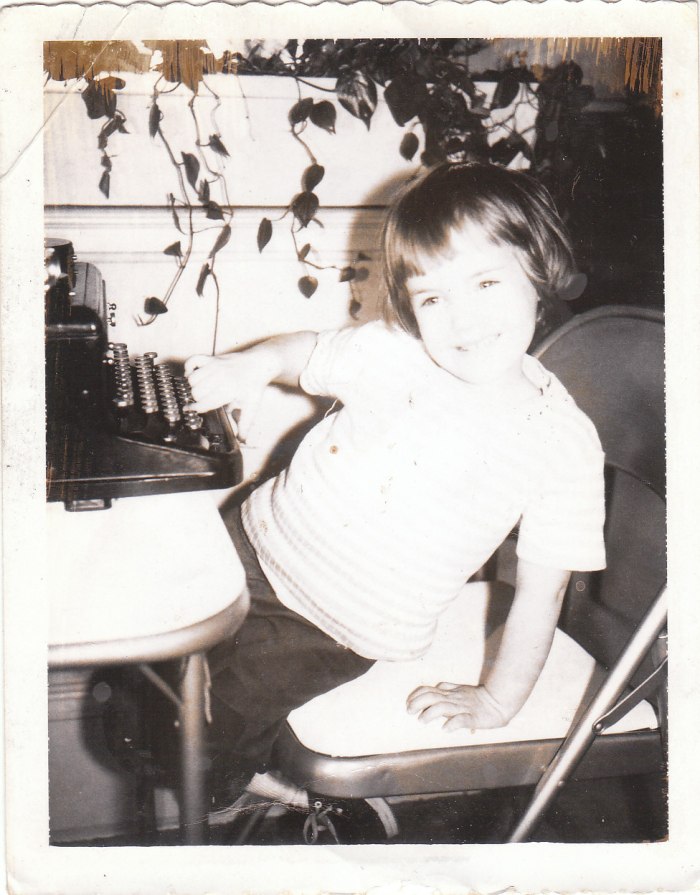At the beginning of Mental Health Awareness Month, I posted a piece called “Leaving the Seclusion Room (some not-so-crazy notes on recoverying from mental illness)” about my stay at an Oklahoma psychiatric facility. In that post I wrote about the voices I heard—an echo of children’s chatter—a description that prompted a question from my friend Sarah, who asked if I had ever explored those voices poetically—exploited their poetic potential, so to speak.
It turns out, I had.
Sort of.
The poem I’ll share below is written in several voices that interrupt one another—echoing—overlapping—dizzying. Though there’s only one child’s voice in the mix of layered sing-song, this poem reminds me of the voices I still sometimes hear during times of vertigo-inducing stress–a surreal “reality” that looks a bit like this:
So–I hope you’ll wind these stairs with me–
And take a listen—
Vertigo
My head is killing
me and he is talking
about the etiquette
of date rape
cassette in the player
cassette in the player
indigo
girls
indigo
Where have you been?
The staircase is winding
off the edges of the lawn
and I am here
lavender
lilies of the valley
lilies
of
the
valley
I’ve told you not to
go there
you
you
There you
daughter in the photograph
age three in front
of an antique typewriter
Why can’t you be more like . . .
lilies of the valley
lilies
of
the
valley
The world according to cats
is not a crazy sphere
of influence
spinning
spinning
in my
cassette in the player
cassette in the player
head






